Old Iron Database
C.O.D. Tractor Co.
The C.O.D. came out with a 13-25 horsepower rating, making it just right for pulling three 14- inch plows under average conditions. The radiator had a marked similarity to that used on the Avery tractor, but with good reason, since Espe designed them both. Only a few copies of this model still exist. An improved C.O.D. Model B appeared in 1919. Although it had the same horsepower as the earlier model, several changes took place on model B. The most obvious change was the addition of a cellular radiator and fan, replacing the tubular radiator with its induced draft cooling. Model B sold for nearly twice the price for the original C.O.D. model.
history
In 1881, the family of Albert O. Espe moved to a farm near Crookston, Minnesota. Espe established a machine shop and foundry at Crookston in 1898. From this shop came a whole process of Espe inventions, the first of which was a land roller. The first Espe tractor was built in the Espe shop in 1907. A four plow tractor was built in 1909, and Crookston Manufacturing Company was organized to build them. These were sold in the 1910-11 period. It appears that manufacturing rights were also acquired by Universal Iron Works, Minneapolis Threshing Machine Company, and other firms about the same time. Rumely eventually bought out the patents and built the “Universal” tractor under the trade name of “GasPull”. Espe also designed the Avery tractor. J. B. Bartholomew over at Avery paid a sizeable price for these patents and put Espe on the payroll, but it doesn’t appear that Espe moved to Peoria, at least for any length of time. The C.O.D. Tractor Company was formed in1915 to build Espe’s latest design. In 1916 the company was moved to Minneapolis where the tractor was built until 1919. After the tractor business closed down, Espe continued his inventions with various farm machines. His last invention in 1938 was the Espe Disk, available in several sizes up to 31 feet wide. When Mr. Espe retired, he turned the business over to his children who formed the Espe Machine Company. It was sold in 1969.
links
Content contributed by:



